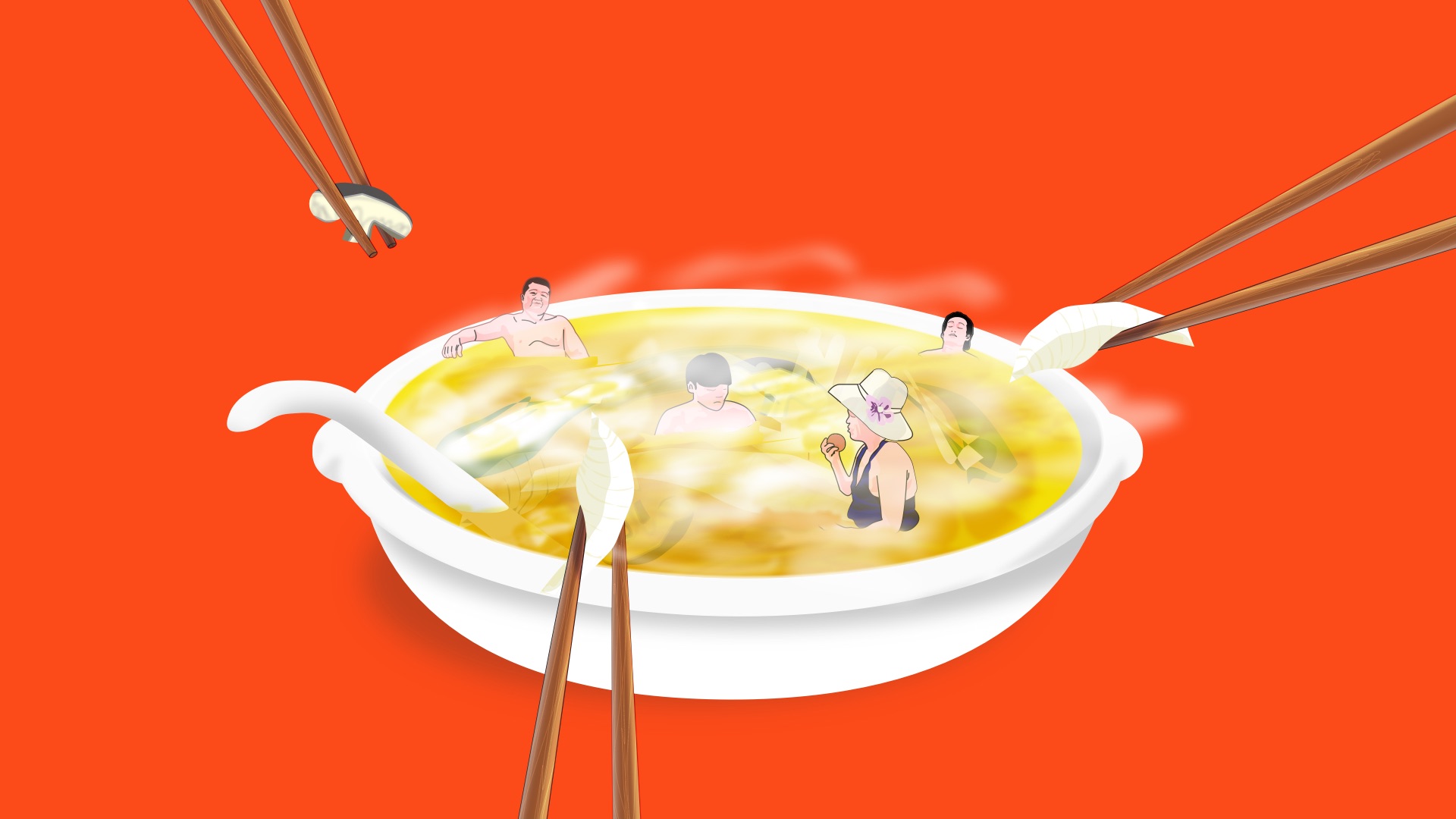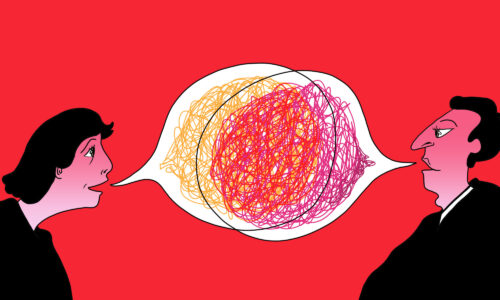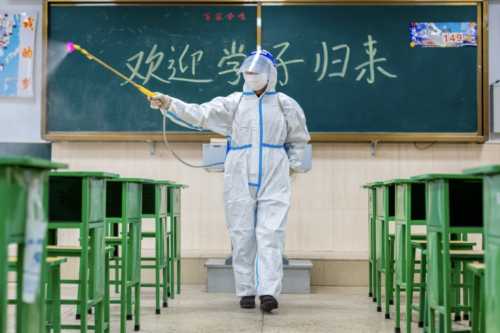Amid COVID-19, officials call for change to China’s communal dining habits
The pandemic has forced people across the world to change their traditions. In China, officials have tried to popularize the concept of using "public chopsticks" at group meals — though old habits have proven resilient.

Communal eating has characterized Chinese dinner tables for centuries, with diners gathered together and using their chopsticks to pick food out of shared platters. But amid the COVID-19 pandemic, Chinese officials have expressed concern about diners accelerating the spread of infections. Local governments are pushing for change in the form of designated serving utensils — but are people cooperating?
In late February, local authorities in Beijing and Shanghai launched campaigns using posters and leaflets to promote the practice of using serving utensils. A hundred restaurants in Shanghai jointly announced plans to include serving utensils with each dish. Shortly after, the eastern city of Taizhou in Zhejiang Province followed suit by releasing detailed requirements for restaurants to clearly label and color-code communal gōngkuài 公筷, or “public chopsticks,” and gōngsháo 公勺, “public spoons.”
In March, when northwestern China’s Qinghai Province announced that restaurants could reopen, authorities encouraged owners to provide diners with serving utensils. Back in Zhejiang, 10 provincial-level government agencies released a joint letter requesting catering companies to supply their customers with serving utensils, and also encouraged families to use them both at home and when dining out.
Public service announcements also serve as constant reminders. In this national TV ad, a little boy hands each member of his three-generation family a pair of eating utensils, as well as a pair of serving chopsticks. This cartoon featuring dancing chopsticks uses a catchy tune to ensure the point gets drilled in.
But shedding a centuries-old tradition has proven to be an uphill battle. Sharing food is an integral and deeply ingrained part of Chinese culture, a way for people to express affection and care. Parents pluck choice bites of meat into their children’s bowls; employees dish food onto their bosses’ plates to show respect. Oftentimes, diners will use the same pair of chopsticks to eat, pick out food from shared platters, and serve others. Using serving utensils could corrode those expressions of closeness, and being the one to request them at a communal dinner could lead to awkwardness, possibly implying the person doubts his or her fellow diners’ state of health.
Serving chopsticks could also make for a cumbersome dining experience. There could be congestion around popular dishes, with diners waiting their turn to serve themselves.
“You can’t get the utensils when you need them, which is not very convenient,” said Mo Xiya, a college student from the city of Jiaxing in Zhejiang.
But based on a small experiment recently done by government experts, serving utensils do make a serious difference in reducing the amount of pathogens that get passed around. The results revealed that the platters for which serving utensils were utilized had only a small fraction — as low as 0.4 percent — of the level of bacteria found in dishes from which diners had double-dipped.
In some areas of China, growing awareness surrounding public health was already changing communal dining habits before the pandemic hit.
“Serving chopsticks were already pretty common, and most people knew they should use them when serving other people,” said Zhang Shuhua, who lives in Suqian in eastern China’s Jiangsu Province. “Frequent handwashing is also becoming more widely practiced. It’s a process. The pandemic will speed up that process.”
How long it takes for that process to generate lasting change will likely vary among different cities and communities.
As for whether food contaminated with saliva could conceivably cause transmission of COVID-19, that requires further study. According to the Centers for Disease Control and Prevention, COVID-19 is thought to spread through respiratory droplets from person to person through coughing, sneezing, and talking. An article on the CDC website states, “Currently, there is no evidence that food is associated with spreading the virus that causes COVID-19.”
However, a small recent study led by Dr. Grace Lai, an infectious disease physician at the Chinese University of Hong Kong, reveals a different story. Although the study was limited by small sample size and did not assess virus viability, findings suggest COVID-19 may linger on eating utensils.
“The possibility of chopsticks or other dining utensils as a vehicle for transmission of this novel coronavirus should not be ignored,” the article states. “Restrictions on communal meals should be implemented as part of social distancing strategies, especially in communities with a custom to share dishes.”
Still, old habits die hard.
Sara Jane Ho, who founded a high-end etiquette school in China, told the New York Times that even when diners have serving chopsticks before them, it is not assured that everyone will use them.
“Often you’ll see people serving themselves and then they forget to switch chopsticks and start eating directly with the serving pair,” she told the New York Times.
If history is any indication, the universal adoption of serving utensils likely will not be a streamlined process. Similar initiatives launched in China during the 2002-03 SARS outbreak eventually faded.
“The obstacle is the traditional notion that we have to drink together and eat together and not show any distance,” Q Edward Wang, the author of Chopsticks: A Cultural and Culinary History, told The Guardian.
For those who see serving chopsticks as a display of distance, use of the utensils can make for an uncomfortable social gathering.
“I think that Chinese people will not develop the habit of using public chopsticks in a short time. The most obvious feature of Chinese eating is liveliness,” said Mo Xiya. “Everyone talks and toasts together. Chinese people need to show respect to the elders by serving them food.”
The pandemic has forced people across the world to change their traditions. Only time will tell whether part of China’s long-held customs of communal eating becomes the next to go.





